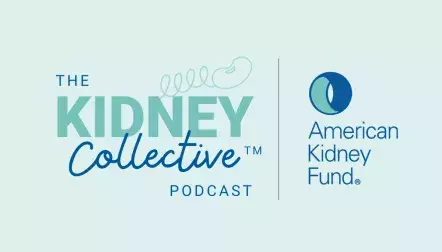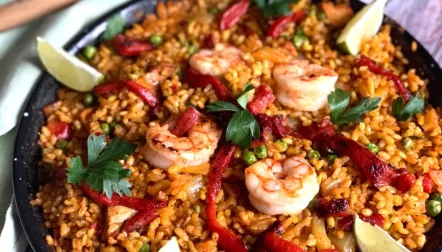
Blog post
How to cut food costs while following your kidney-friendly food and fluid plan
Tips from Kidney Kitchen® contributor Linda Blaylock for keeping your food costs down while following a kidney-friendly food and fluid plan

We are all facing the rising costs of food and trying our best to keep expenses down. But how do you do that when you live with kidney disease and need to follow your kidney-friendly food and fluid plan?
Fortunately, there are ways to lower your costs and still eat for kidney-friendly meals. Here are some great tips that can help you do it.
Meat
- Buy the cheapest cuts of meat – and keep an eye out for sales you can take advantage of! The trick to working with the cheap cuts is to use the cooking method that is best for them. The easiest and best option is to toss them into a pressure cooker. This will help tenderize the meat. You can also do a long, slow braise or place them in a slow cooker.
- Shop with family and friends, buying large cuts of meats that you can then all share. Portion it out into the amount you use most often, then label, date and freeze your portion if you are not going to cook it right away.
- Go back to bone-in meats. Many of them are cheaper. I would encourage you to learn how to break down a chicken because, pound for pound, a full chicken is less expensive. With the one purchase, you get two breasts, wings, legs and thighs, plus a carcass that is great for making your own stock.
- Swap the meats in your recipe. Many times, you can swap the meat you are using and go with whatever is cheapest.
- Look for no salt added or lower sodium canned meats.
Vegetables and Fruits
- Take advantage of sales on canned and frozen fruits and vegetables.
- If possible, grow your own vegetables! Planting a vegetable garden is a fresh and delicious way to save money. Then you can plan to can your "crops" in the fall.
Nuts and Beans
- Adding chopped nuts to dishes can help increase protein. Try adding two tablespoons or, depending on other ingredients in your dish, up to 1/4 cup of chopped nuts.
- Buy dried beans to help you save money. Dried beans are shelf stable for a long time, which means you do not need to replace them as often if you do not use them regularly. With dried beans, you can also control the amount you use and if you have a pressure cooker, they can be cooked quite quickly.
Grains
- Whole or refined, grains are a relatively inexpensive way to help add bulk to meals and thicken soups and stews. They can even be used in burgers and meatloaf to help hold moisture.
Dairy
- Unfortunately, dairy products are becoming more expensive and there are not a lot of alternatives to replace the creamy, rich products. Go for the cheapest dairy products you can find.
- Make a lot of substitutions when needed. If a recipe calls for yogurt and all you have is sour cream, use it.
- Investigate non-dairy alternatives. Those babies have come a long way and many products are great. For me, though, the exception is cheese. I have not found many vegan cheeses that I like. If you are a "cheese snob" like me, get real cheese!
I hope some of these tips will help you with your next shop and cook!





